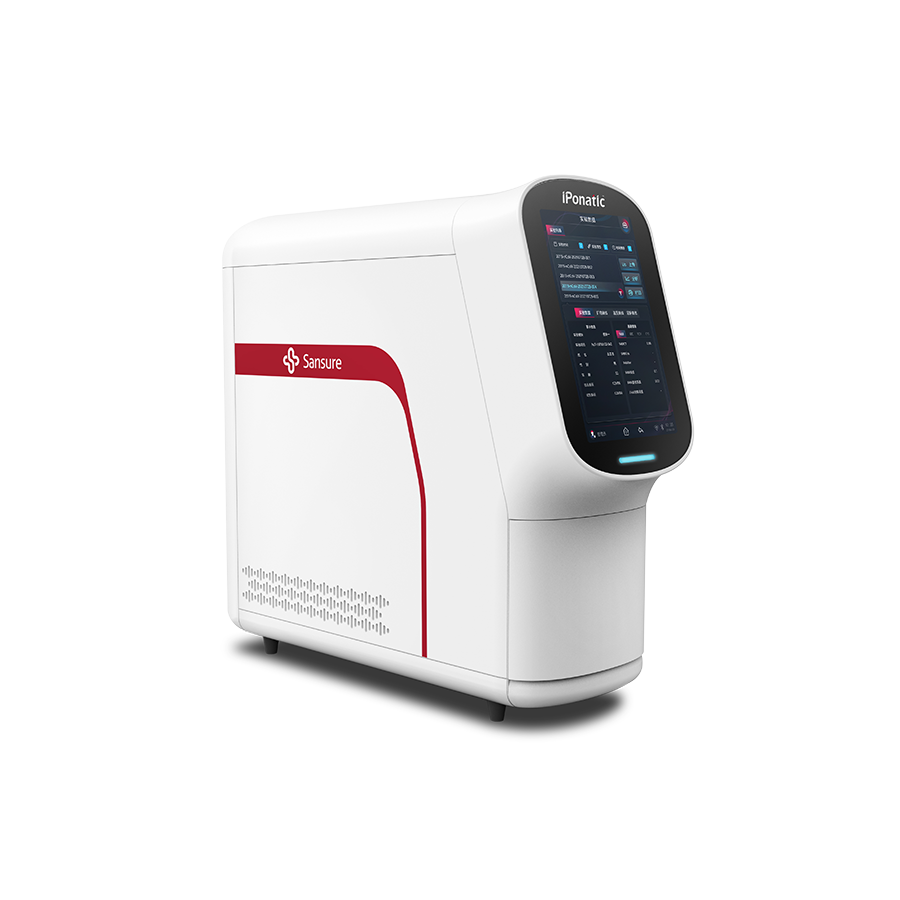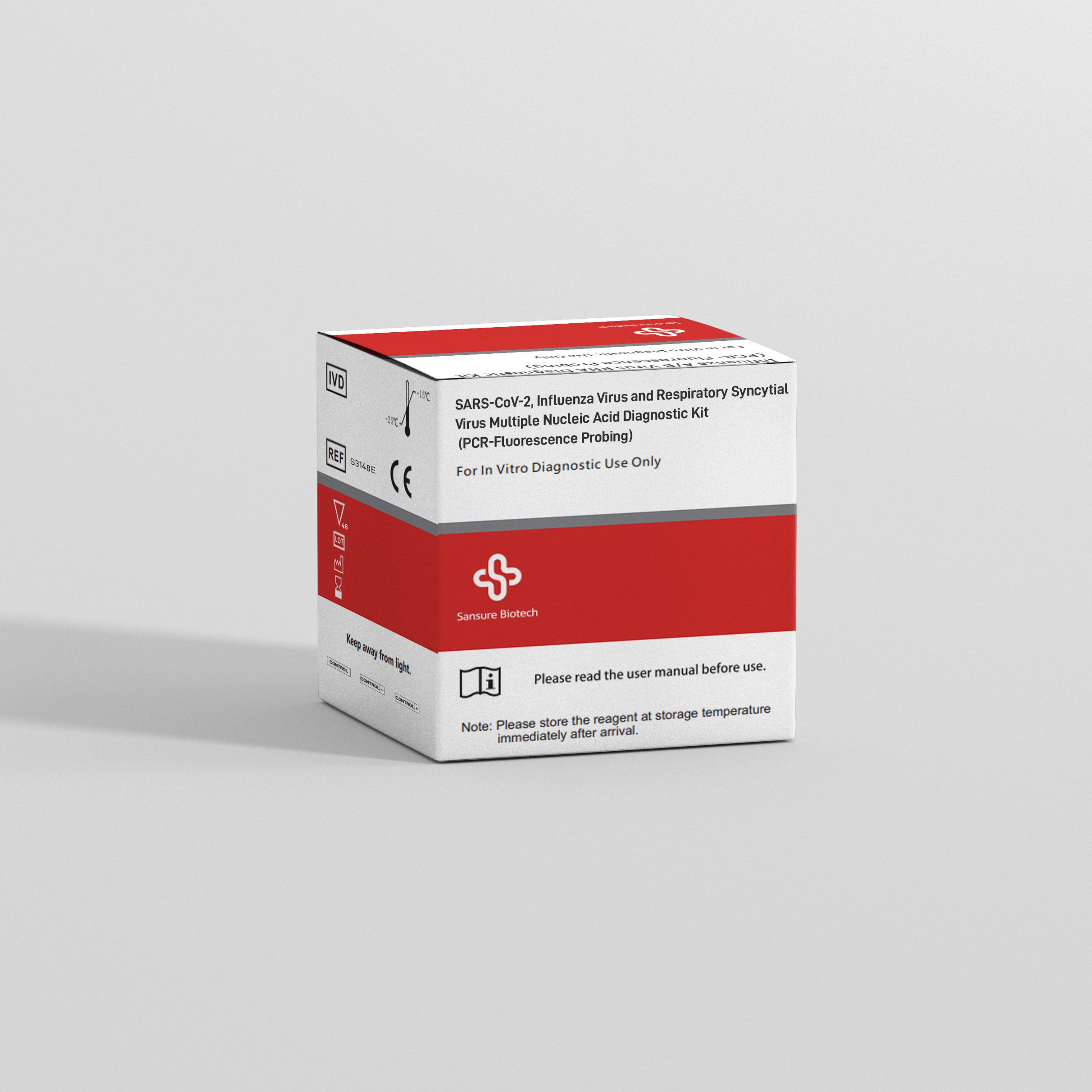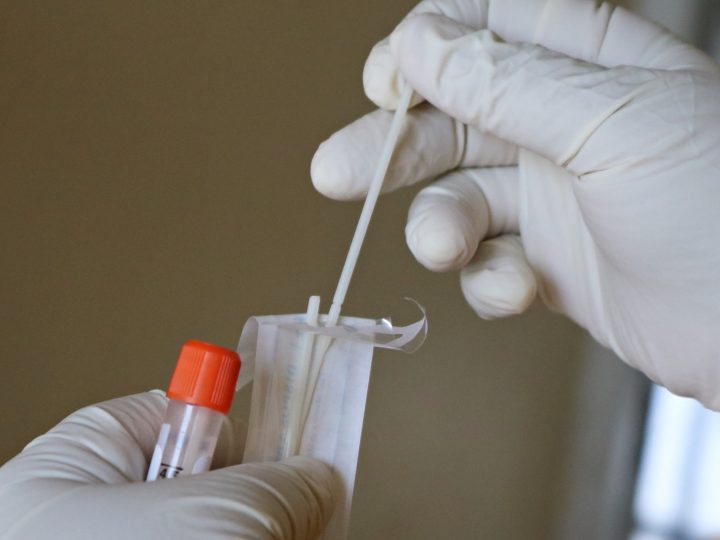Sars-CoV-2/Flu/RSV Testing: Diagnosis of Common Upper Respiratory Tract Virus Infection
The overlapping epidemics of respiratory syncytial virus (RSV), influenza(flu), and Coronavirus disease (COVID-19) have had a severe impact on the world. COVID-19 is transmitted by contact with respiratory fluids that carry the infectious virus, and viruses that affect the respiratory tract, including RSV and influenza, are transmitted by similar mechanisms. Some researchers have found that an immune response inside the human nose that can resist upper respiratory tract infections is suppressed in low-temperature environments, making RSV, flu, and COVID-19 more likely to occur in cold seasons.
According to WHO’s real-time statistics on COVID-19[1], as of February 21, 2023, there are approximately 757 million confirmed cases worldwide. Also, CDC has counted the number of infections during the winter flu season from 2022 to 2023, and from October 1, 2022, to February 11, 2023, 25-49 million Americans were infected, and about54,000 people died during this period[2]. Additionally, CDC counted the number of people infected with RSV in the 2022-2023 virus season. Reports show that the hospitalization rate climbed to 4.9 cases per 100,000 people in mid-November, a sharp increase from last year[3].
In this article, we briefly provide an overview of the transmission and symptoms of COVID-19, flu, and RSV and explain the dangers of these three viruses to infants and young children. Finally, we introduce the advantages of POCT for diagnosing these three viruses.

COVID-19, Flu, and RSV symptoms and transmission.
– COVID-19
COVID-19 is mainly manifested by fever, dry cough, and fatigue. Severe cases usually develop dyspnea after one week, rapidly progressing to shock, coagulation dysfunction, and multiple organ failure. The transmission routes of COVID-19 are mainly direct transmission, aerosol transmission, and contact transmission.
– Flu
Flu is a highly contagious disease caused by a virus. There are three known types of flu: Type A, Type B, and Type C. Flu will mutate occasionally, and new strains will be derived, resulting in widespread influenza transmission. The main routes of transmission are air droplets and direct contact. The disease is usually mild, with symptoms including fever, headache, muscle pain, runny nose, cough, and sore throat.
– RSV
RSV is highly contagious and mainly causes lower respiratory tract infections, such as bronchiolitis and pneumonia in infants under six months old. Adults and young children will likely develop upper respiratory tract infections such as rhinitis and colds. The main symptoms of the disease are cough, runny nose, and fever. The virus is usually spread through droplets or contaminated hands and surfaces.
COVID-19, flu, and RSV are all highly contagious respiratory infections caused by viruses, mainly spread through the air and close contact. These three viruses’ genomes and particle structures are different, but the symptoms are very similar. After infection, cough, runny nose, and fever all occur, making it difficult for patients to distinguish the type of disease in the first place.
The risk of COVID-19, flu, and RSV to infants and children
Infants and children have imperfect immune systems and are less able to fight viruses. If infected with COVID-19, flu, or RSV, it may affect the respiratory, digestive, nervous, and circulatory systems.
Infants or children infected with the new crown pneumonia virus are very dangerous. If not treated in time, it will cause vomiting, shock, and persistent high fever in the infant. More serious cases may cause dysplasia of lung organs, high fever leading to nerve damage, and heart circulation failure.
Infants and young children have weak resistance and are susceptible to flu. If not actively treated, it can easily cause bacterial pneumonia, fungal infection, Rey syndrome, heart damage, and other situations in children. According to the latest pediatric influenza data center released by CDC on January 27, 2023, 91 pediatric influenza deaths have been reported in the United States during this influenza season[4].
POCT solution:iPonatic Ⅲ Portable Molecular Workstation
As COVID-19-related restrictions ease, the likelihood of more severe outbreaks in unexposed populations in future seasons may increase. How to quickly and accurately detect COVID-19, flu, and RSV is a concern to many people.
In this regard, Sansure, as an in vitro diagnostic solution provider integrating diagnostic reagents, instruments, and independent clinical laboratory services, has developed an iPonatic III Portable Molecular Workstation. Based on single tube quick release and rapid PCR amplification technology, the device further optimizes sample processing, nucleic acid extraction, purification, PCR amplification, and result processing. The device offers a fully automated rapid testing process and a “sample-in-result-out” system, with test results available in 15 – 45 minutes. In addition, it uses pre-packaged kits, which can significantly shorten the hands-on time and reduce the chance of contamination while providing a rich test menu to meet the testing needs of different pathogens in various scenarios.

S3148E SC2/Flu/RSV is a poly nucleic acid kit for diagnosing COVID-19, flu, and RSV. This real-time RT-PCR for qualitative diagnosis by nucleic acid is easy to operate. The test occupies a small space and can be widely used in emergency testing. The most prominent feature of this product is the ability to detect and identify influenza, RSV, and COVID-19 with similar symptoms. Moreover, this product can also be tested with Sansure’s iPonatic III, and it only takes 36 minutes to get an accurate result.

Contact us to learn more about Sansure’s molecular diagnostic solutions.
Reference
[1] WHO Coronavirus (COVID-19) Dashboard
Available at: https://covid19.who.int/
[2] 2022-2023 Preliminary In-Season Burden Estimate
Available at: https://www.cdc.gov/flu/about/burden/preliminary-in-season-estimates.htm
[3] Interactive Dashboard
[4] Flu – Caregivers of Infants
Available at: https://www.cdc.gov/flu/highrisk/infantcare.htm
[5] RSV Symptoms & Care
Available at: https://www.cdc.gov/rsv/about/symptoms.html#:~:text=RSV%20can%20cause%20more%20serious,than%201%20year%20of%20age.





